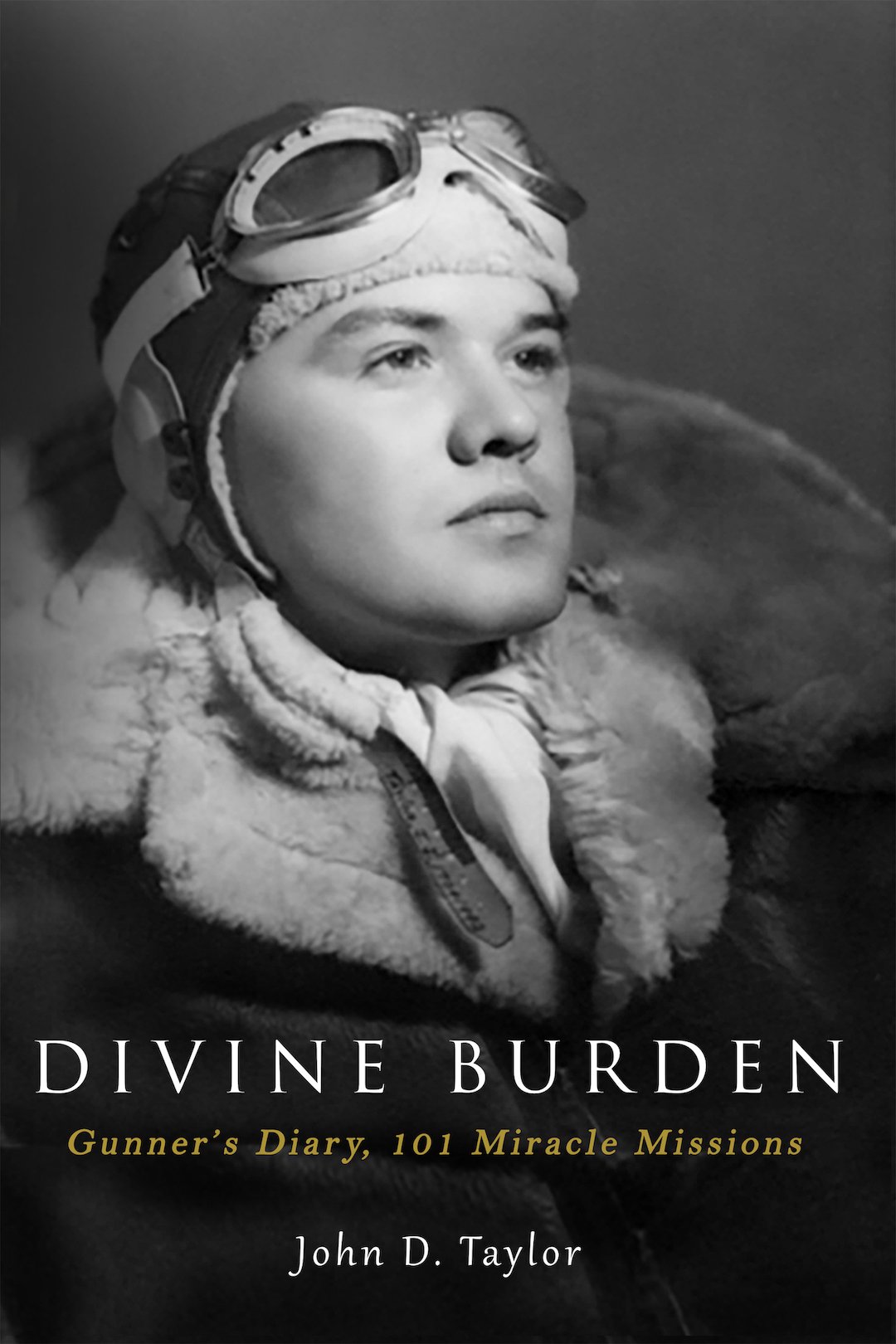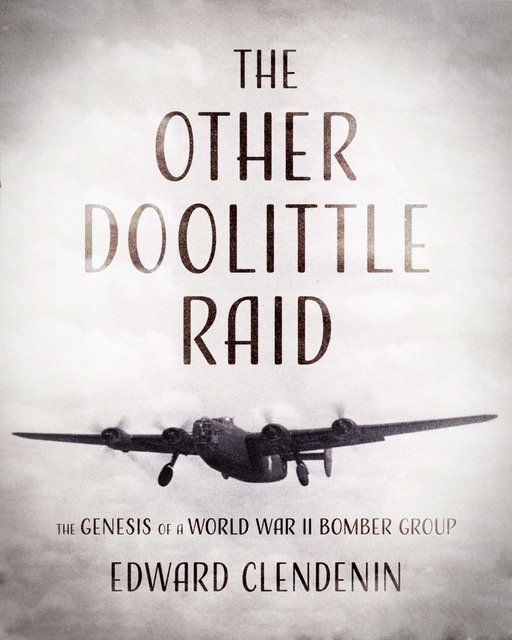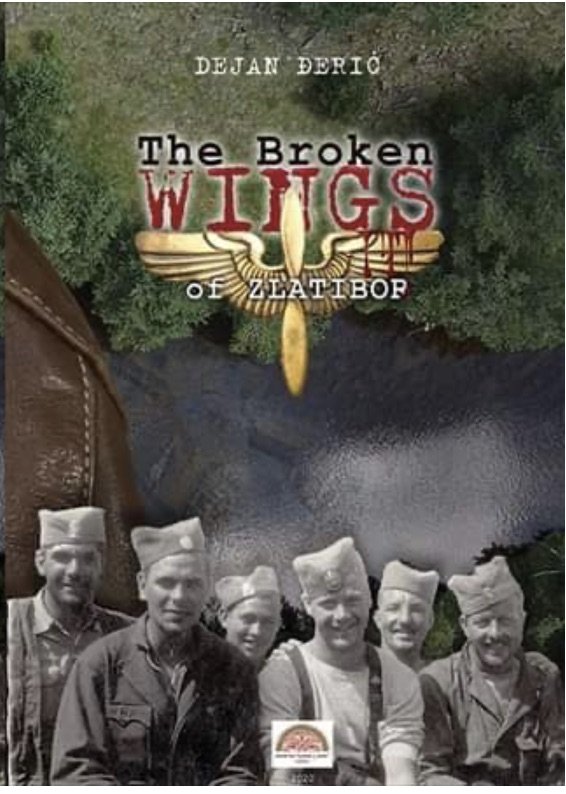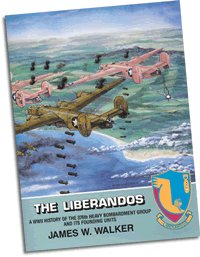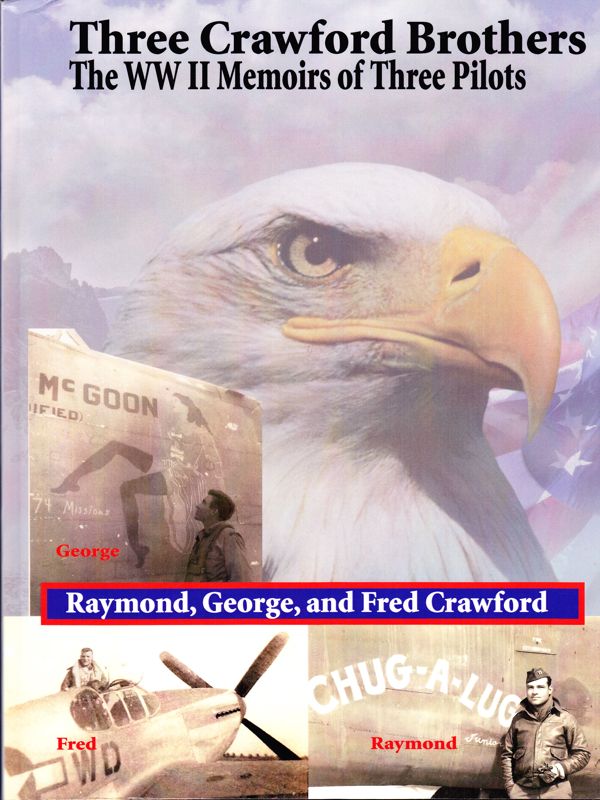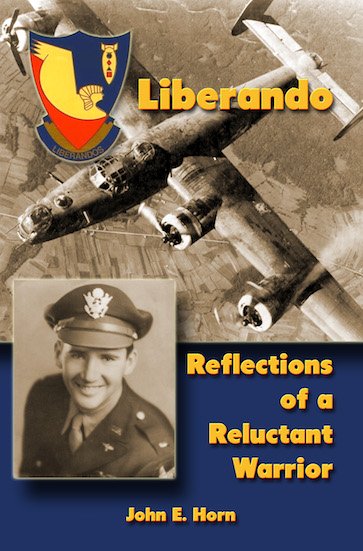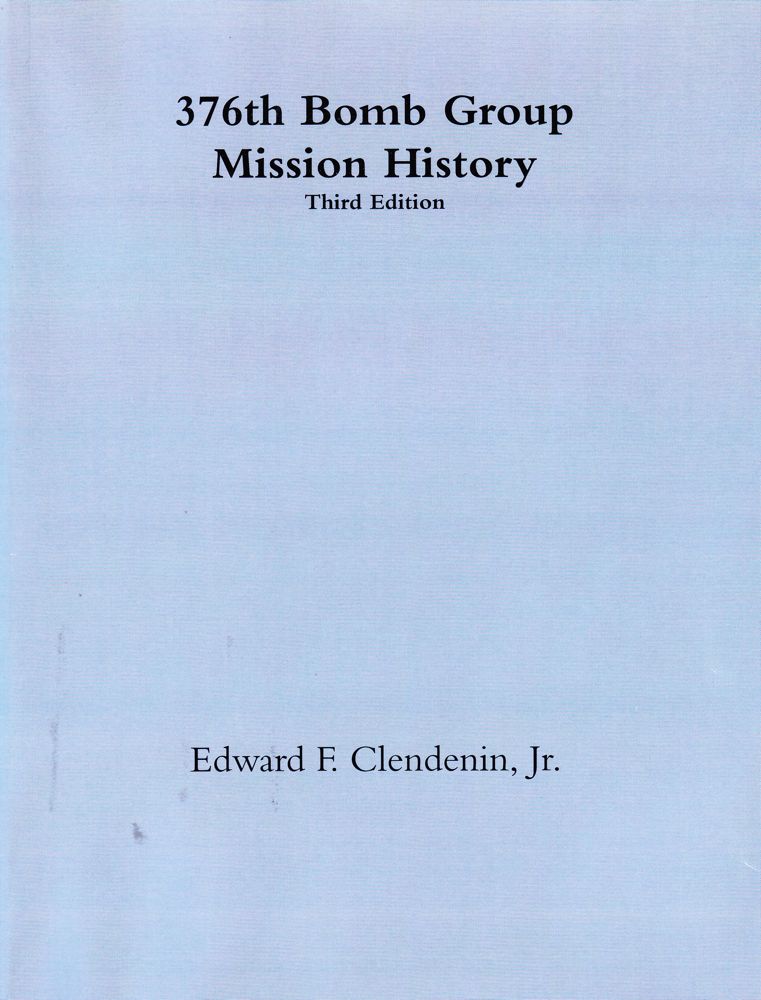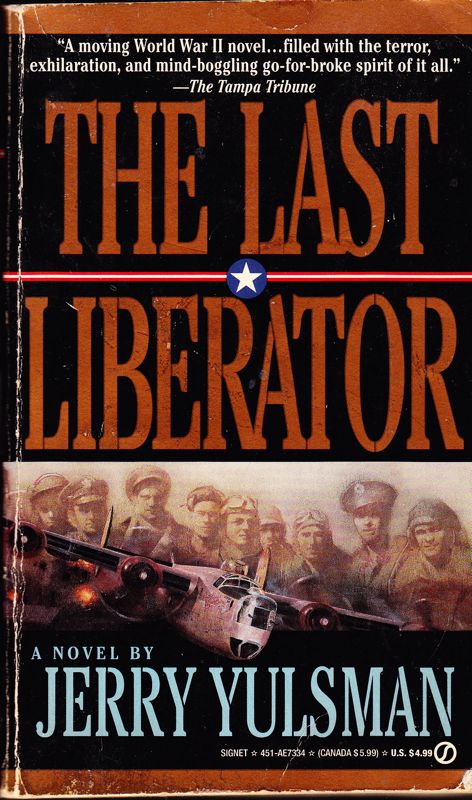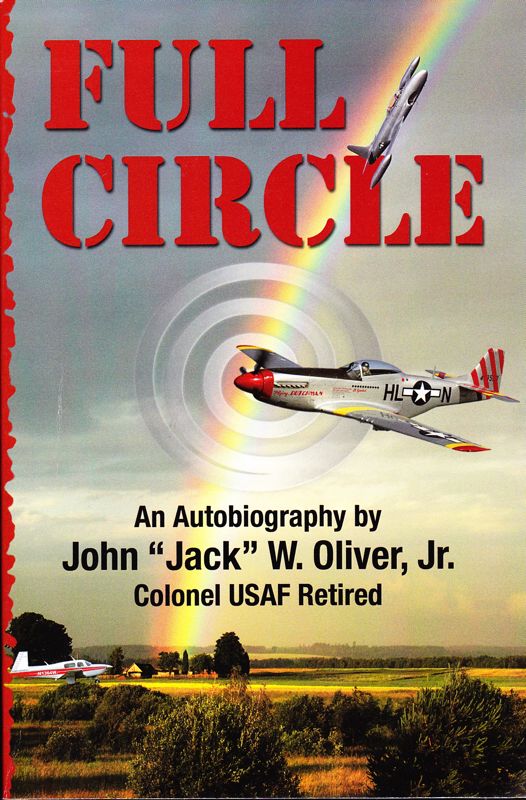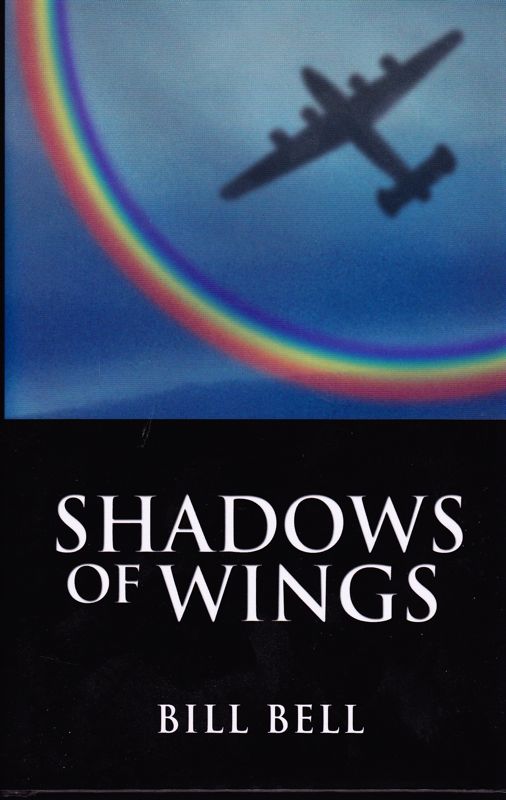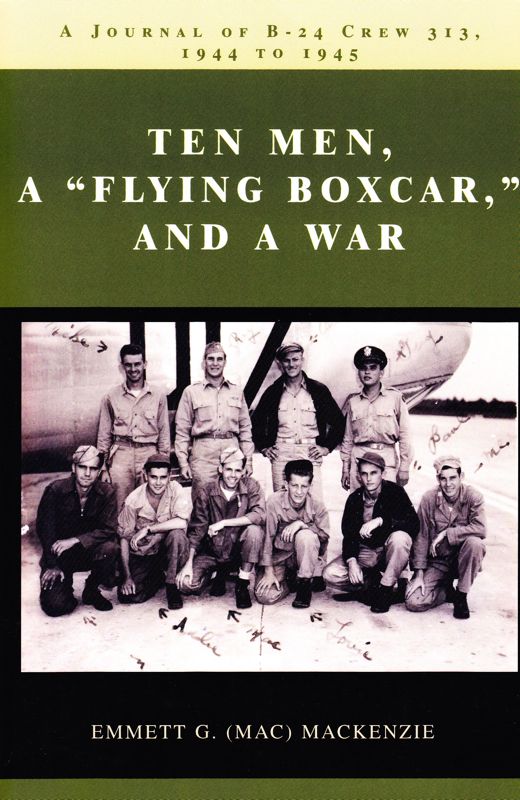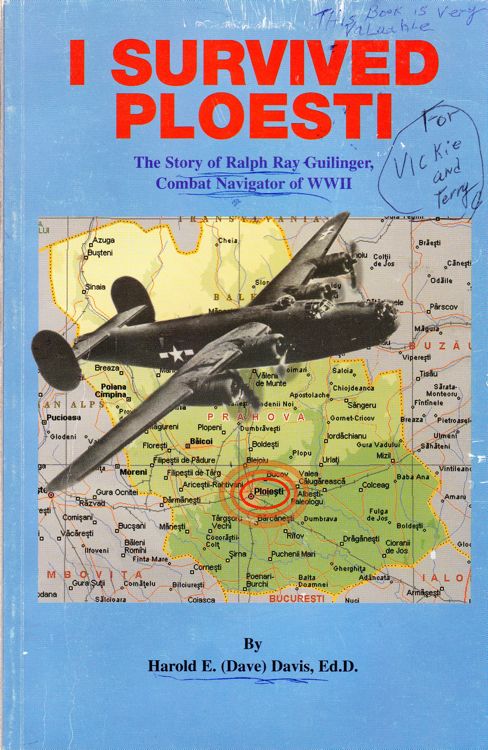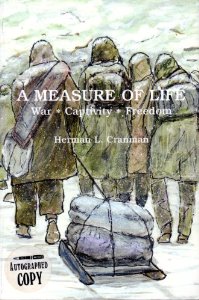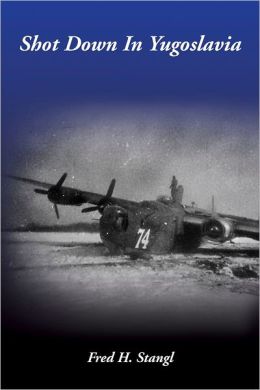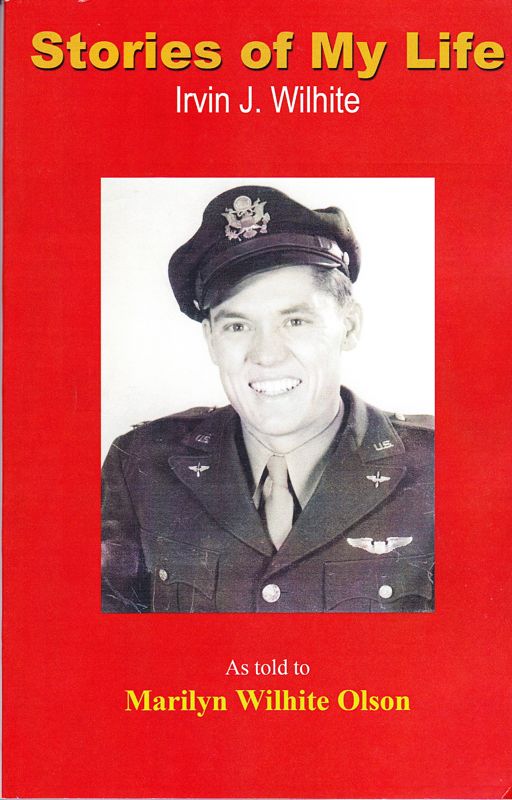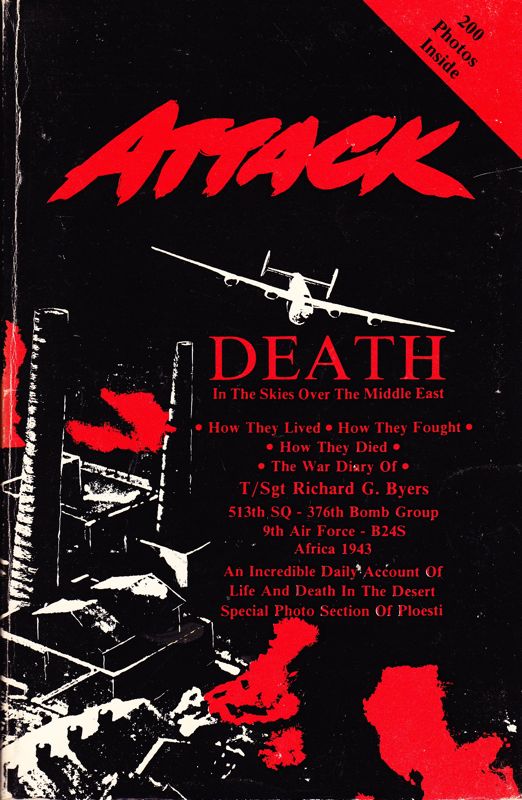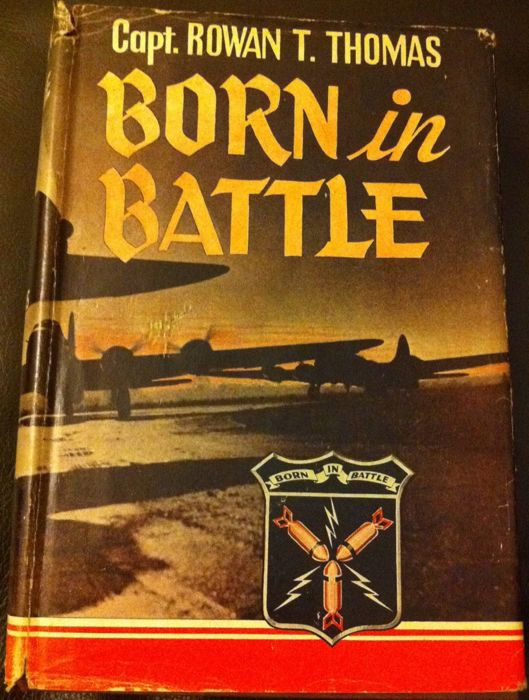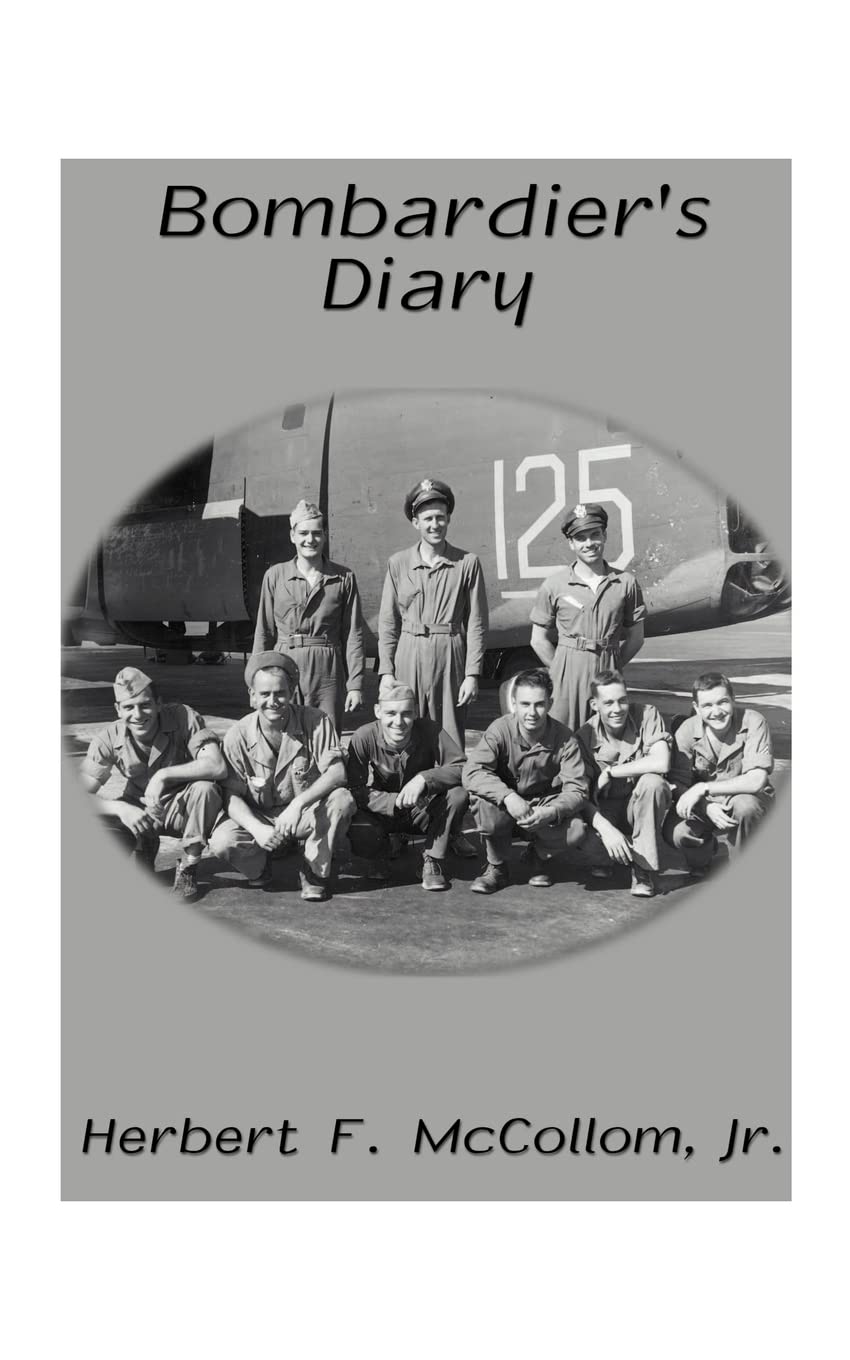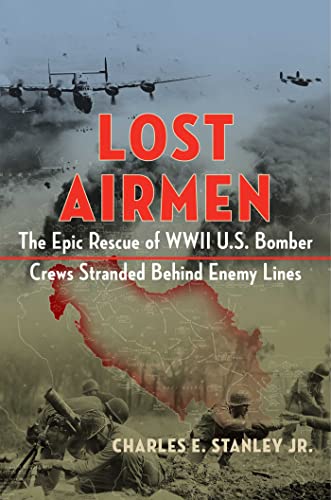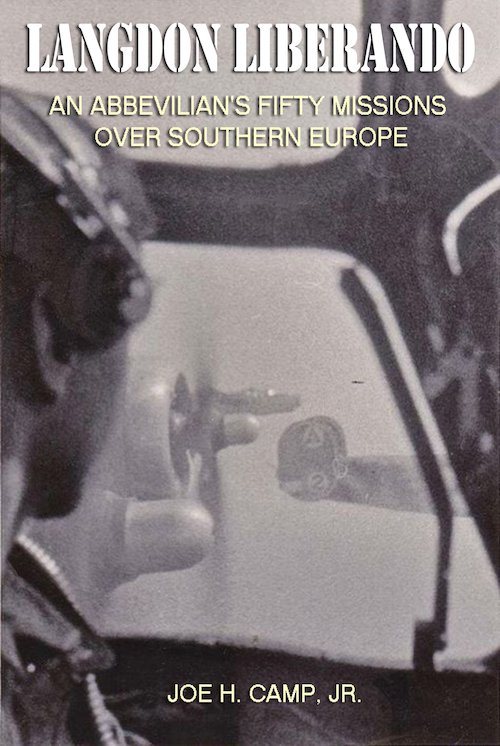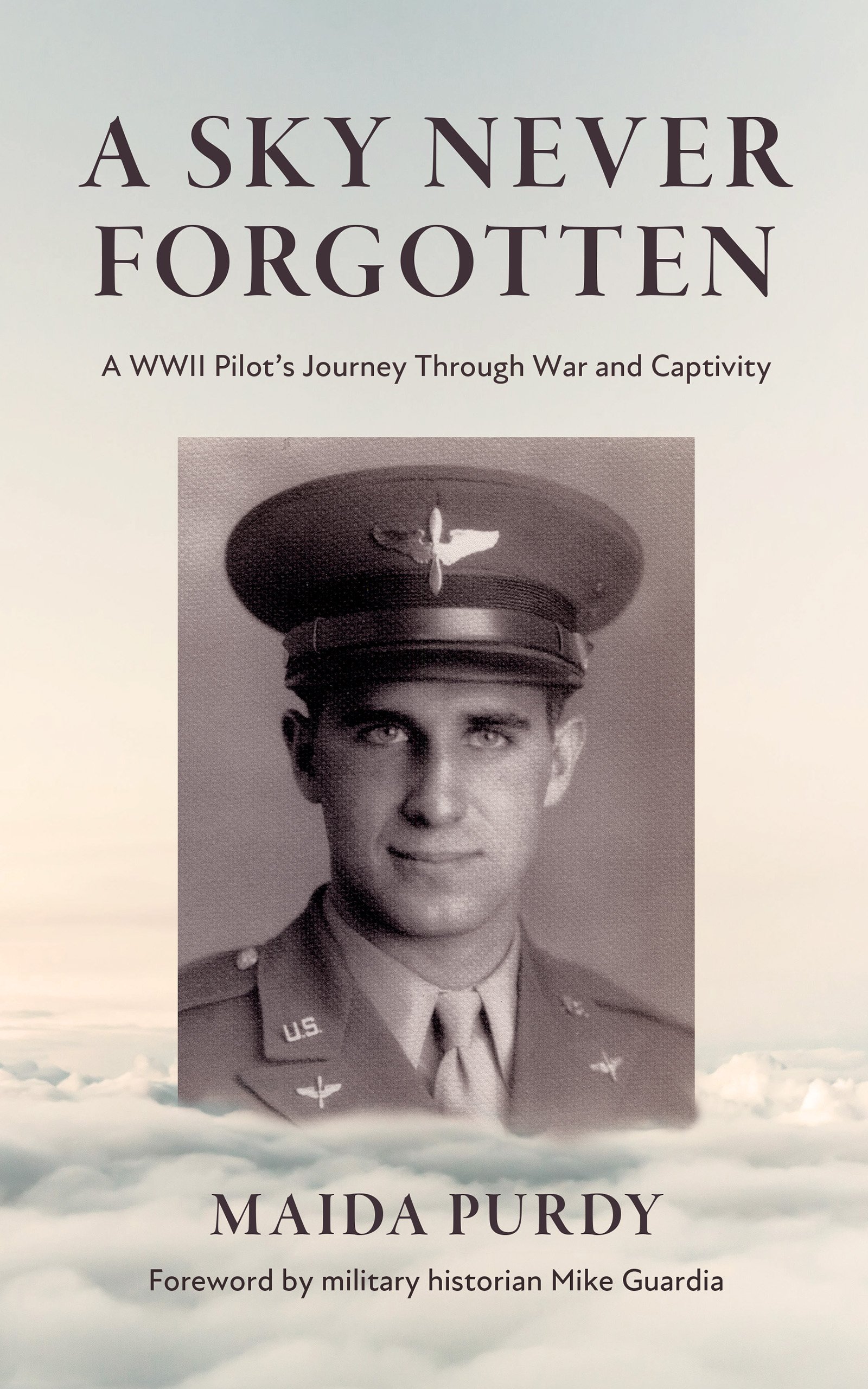Wilbur W. Mayhew
December 7, 1941
About 10:00 A.M. ( 1000) local time on 7 December 1941 General Quarters was sounded aboard the ship. We were informed that the Japanese had attacked Pearl Harbor that morning. Naturally, we felt a bit helpless, but there was nothing to do but go on. Instead of being frightened out of our wits, as we should have been, we were all cheering like mad. We had been told before we left the United States that we should expect to fight the Japanese before we returned home. However, we also were told that they were incapable of fighting effectively, so we should beat them in about six months. Consequently, when the announcement came over the ship's loud speakers, we all felt we would be returning to the States in six months rather than the two years currently scheduled. We did not know that much of the U.S. Navy already was at the bottom of Pearl Harbor. Nor did we know what had happened to our 88th Squadron crews who, even then, were arriving in Hawaii in our brand-new B-17Es. These crews remained in the Southwest Pacific, so we never saw any of these men again until after we returned to the States.
We learned later that Lieutenant Ted Faulkner's crew ( 88th Reconnaissance Squadron) had arrived in a B-24A ( early model of the B-24 ) at Hickam Field, Hawaii on 5 December 1941. The crew consisted of Lieutenant Smith- co-pilot, Lieutenant Campbell- bombardier, Lieutenant Moslener- navigator, S/Sgt. Hobbie- flight engineer, S/Sgt. Grinyer- aerial photographer, Pvt. Polowski- radio operator, Sgt. Rahier and Cpt. Gradle- gunners. This crew was scheduled to photograph Japanese islands while on their way to the Philippines. The morning of7 December 1941 S/Sgt. Hobbie was at the plane getting it ready for take-off that day. The first bomb that fell was just 30 feet from the plane, which was later set ablaze by machine gun fire from attacking Japanese planes. As a result of the Japanese attack, Lt. Moslener and Pvt. Polowski were killed, Lt. Smith, S/Sgt. Hobbie and Cpt. Gradle were hospitalized. Sgt. Rahier suffered an ear injury as a result of a bomb concussion. Lt. Faulkner, Lt. Campbell and S/Sgt. Grinyer were uninjured.
We also did not know that the B-17 "Flying Fortress" bombers of the 38th and 88th Reconnaissance Squadrons had reached Oahu in the middle of the attack. The guns for these planes were in boxes inside each plane, with no ammunition on board. These planes were very low on gas, so they had to land as soon as possible. Thus, the planes landed anywhere they could find room. For example, Lt. ( eventually Colonel) Frank Bostrom later told me he landed at a par - 5 hole on a local golf course. Raymond Swenson's B-17 of the 38th Squadron was set on fire while landing (first American plane shot down in World War II ). It was set on fire in the radio compartment and broke in two when it crashed. All the crew members aboard, except the pilot and radio operator, were wounded. Flight Surgeon William Schick, who was also on board, was killed.
Almost immediately after the loud speakers were turned off on our ship, there was a flurry of activity on each of the ships in the convoy. For example, the "Meigs", "Holbrook", Admiral Halstead" and "Coast Farmer" all had portions of the ships painted a brilliant white (all the rest of the ships were dull gray). Within minutes, we could see sailors over the sides of these ships painting the hulls gray. By nightfall, those ships were as gray as the rest. The title of First South Pacific Task Force was given to all units in the convoy at this time.
Personnel on the "Republic" also sprang into action. The 147th and 148th Field Artillery Battalions from Texas that were also on board were assigned immediately to man the three 3-inch and one 5-inch guns on the ship. Ten of us in the 88th Squadron were assigned to man one of the .50 caliber water-cooled machine guns on the sun deck. We manned the forward gun on the starboard side. I was rated as an expert aerial gunner because I had hit an aerial tow target sufficient times to qualify. However, this was based on four trips to the aerial gunnery range over Great Salt Lake. I knew nothing about machine guns. However, I was assigned to this gun because I was rated as an expert aerial gunner. I had never even seen a water-cooled .50 caliber machine gun before this assignment, but I was now expected to shoot Japanese planes out of the sky with it if the occasion arose. Most of the others assigned to this gun were just as inexperienced as I as far as a machine gun was concerned. Shifts were four hours on, 16 off. One advantage to being on a gun crew: we got to sleep on deck beside our gun turrets.
As soon as war broke out, all troops aboard the "REPUBLIC" ( and presumably on the other ships as well) were awakened at 4:00 AM. (0400) and sent to their "abandon ship" stations. We remained there, in our kapok life vests, until after sunrise. This was considered the most vulnerable time for the ships in the convoy. A Japanese submarine could silhouette our ships against the rising sun without being seen itself
About one week later at 5 :00 P.M. ( 1700 ) on 13 December 1941 we arrived at Suva, the capitol of the Fiji Islands, in order to refuel. Rumors aboard ship had indicated that the Japanese had already captured the Fiji Islands, so we expected to have to fight our way ashore. We had loaded food and our few guns and the little ammunition we had aboard the life boats and rafts. The Navy crew had prepared the "Republic" for scuttling. This shows how naive we were at that time. We would not have lasted ten minutes in a fight. Fortunately, it was not necessary. We spent a very nervous 25 hours aboard ship while the convoy refueled.
The Fiji Islands are much the same as any other South Sea island. There is rather thick vegetation over almost all the islands, a good deal of the vegetation being coconut, banana, and pineapple groves. It rains a great deal there, due to being so near the equator. However, everything dries out fairly well. The people of Suva were very friendly. There were quite a few English and New Zealanders there then, with numerous Hindus for the heavy work, and naturally, the natives of the island. I never saw a hair-do that could equal a Fiji Islander's. They rub rancid coconut oil in their hair to make it stiff, and it sticks out all around their heads like a porqupine's quills. Of course, the coconut oil makes them smell to high heaven, but they keep their bodies very clean. In the short time we were there, we could not get used to the idea of all the native men wearing skirts. The skirts were about the same length as women now wear them in the States ( 1942 ). These men were large and extremely strong, but very peaceful. In fact, they did not even have a jail in the town. We hated to leave Suva so soon, but a Japanese fleet was entirely too close for comfort. So, under the cover of darkness and a storm, at 6:00 P .. M.( 1800) we started our dash ( at 10 knots per hour-the fastest one of the freighters could travel) for Australia ( 14 December 1941 ).
As soon as we left the Fiji Islands, we were all on alert. We were afraid that Japanese spies on the island might have given away our position to a Japanese fleet we had been dodging for a week. As I was one of the gunners on the anti-aircraft machine guns (.50 caliber) aboard ship, I noticed the increased tension more than some of my buddies, but I still did not fully realize the seriousness of the situation. About five days out of Australia at about noon, two warships could be seen just at the horizon. Thinking they were Japanese ships, our lone escort vessel, the "USS Pensacola" ( a light cruiser with 5 inch guns) headed toward them to do battle. Luckily for us, however, they turned out to be Australian ships. From then on in we felt much safer.
At dusk the evening before we reached Brisbane, Australia, one of the now accompanying Australian cruisers thought it detected a Japanese submarine off the port bow of the convoy. It steamed over to the spot and dropped a number of depth charges. We learned later that they got it.
On 22 December 1941 we finally anchored about noon in the harbor of Brisbane. The Norwegian tanker "Falkefjell" and the transport "Chaumont" took oil from the "Republic" so that we could proceed up the harbor to the docks. While we were waiting, one of the troops threw one of the kapok life vests we had been wearing most of the trip, into Brisbane Harbor. It sank in about five minutes. We disembarked at 4: 15 P.M. (1615) on 23 December 1941, as the first American troops in Australia. We had spent 32 days on the water and traveled 10,281 miles. As the direct distance is 8,000 miles, this indicates that we had done a great deal of zig-zaging. Dry land never looked so good before!!
Brisbane was quite a place. It was much the same as an American city of about 50,000 people, except that in many ways the people were living in about 1920. The dress was modern enough, but there was just an air about the place that made it seem about that far behind the States.
As we were the first American soldiers ever to land in Australia, we were all treated like kings. They apparently thought that we could save them from the Japanese. As we marched from the dock to Ascot Race Track ( where we were to be billeted for a while) we could hear the crowd along the street saying "we are safe now that the Yanks are here". We did not have the resources to protect ourselves, let alone the Australians. For example, we had eight .30 caliber machine guns to protect our airbase at Amberly Field. When we reached the race track, we pitched tents ( six men to a tent) and waited. We spent the next several days unloading the ships.
As I said before, the Australians treated us like kings. On Christmas day many of the boys, just walking down the streets, were invited into some of the homes for dinner. In fact, the whole time I was in Australia, we could not have been treated nicer. Naturally, we still keep a warm spot in our hearts for the Australians.
All the Americans remained in Brisbane about a week, waiting for a ship to try to run the blockade to the Philippines. However, it was finally decided by someone that we would never make it, so on 29 December 1941 the 9th and 88th Squadrons were moved to a little town called Ipswich, about 30 miles inland from Brisbane. The 11th and 22nd Squadrons went to Archer Field nearby. (These two squadrons were sent to Java in January 1942.) Our airdrome ( Amberly Field) was just outside the town, so we could get into town quite often. It had a population of only about 20,000 people, but the boys really enjoyed themselves there. As we had no bombers with which to fight ( our B-I7Es were still at Hawaii where they had landed during the Japanese attack on Pearl Harbor) , members of the 9th and 88th squadrons were given the job of assembling some P- 40 fighter planes and A-24 dive bombers that we had had in crates on board the convoy, which were destined for the Philippines. More than 150 planes were assembled in five weeks while we were in Australia.
The website 376bg.org is NOT our site nor is it our endowment fund.
At the 2017 reunion, the board approved the donation of our archives to the Briscoe Center for American History, located on the University of Texas - Austin campus.
Also, the board approved a $5,000 donation to add to Ed Clendenin's $20,000 donation in the memory of his father. Together, these funds begin an endowment for the preservation of the 376 archives.
Donate directly to the 376 Endowment
To read about other endowment donation options, click here.
Reunion
NOTE change in the schedule !!
DATES: Sep 25-28, 2025
CITY:Rapid City, SD
HOTEL: Best Western Ramkota Conference Hotel; 2111 North LaCrosse St., Rapid City, SD 57702; 605-343-8500
Click here to read about the reunion details.
